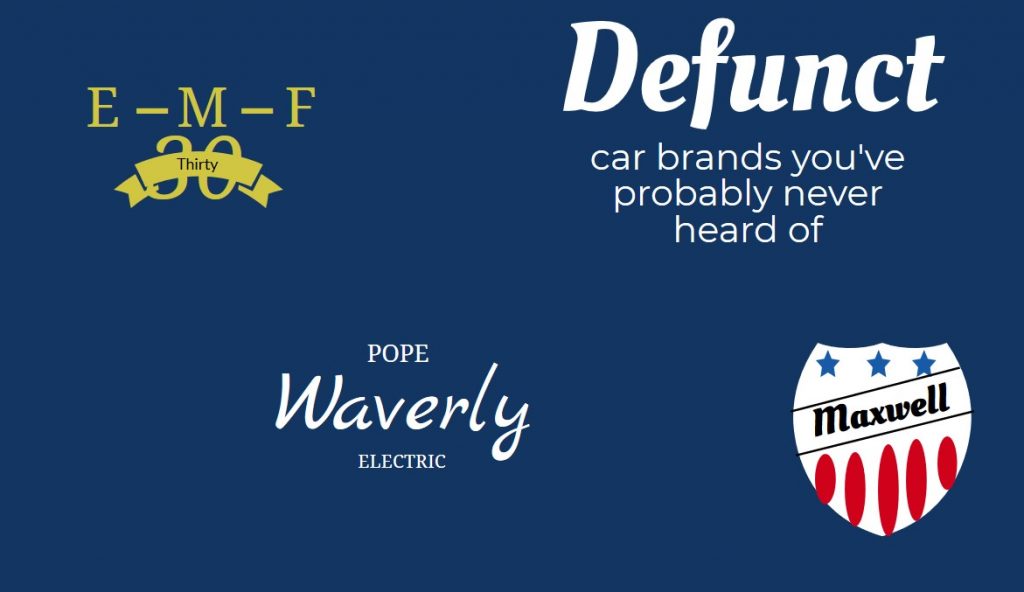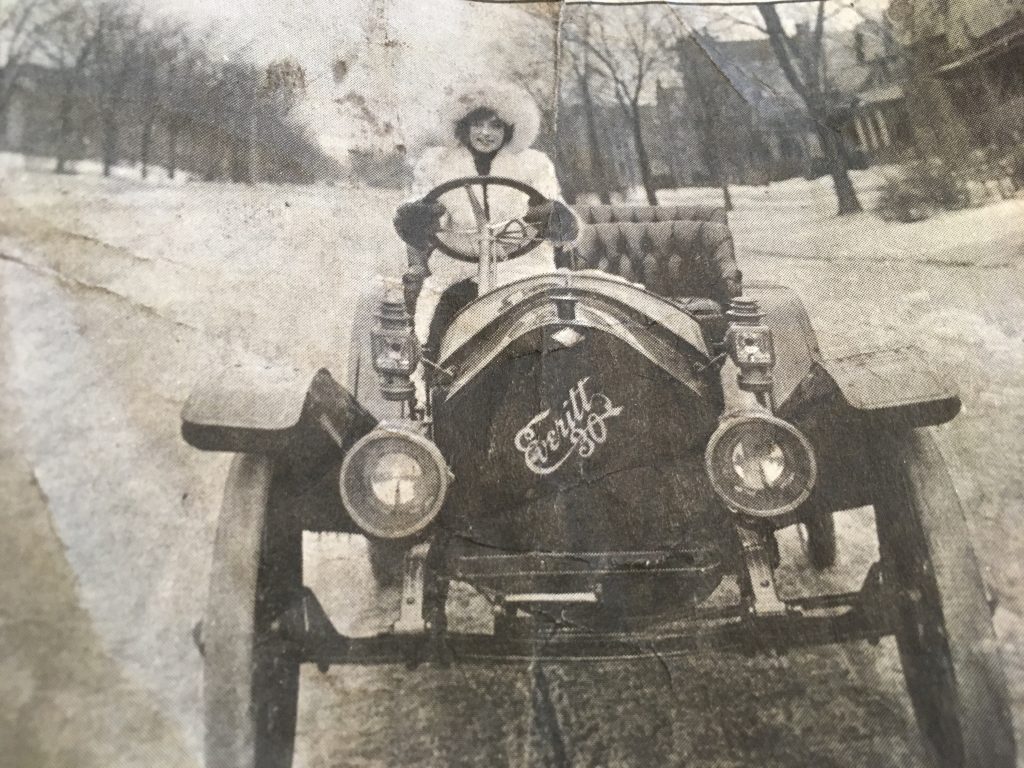If you’re a car enthusiast, or at least someone who watches a lot of television shows or movies, you’ve probably heard the names Studebaker, Packard and DeSoto – either because of each company’s designation as being a once proud American automaker or the many pop culture references that have been made toward these defunct brands.
Though you don’t see these vehicles that often away from a classic car show or museum, it’s well-known that they were former auto powerhouses whose consumer interest declined because of increased domestic competition and the surging foreign market of the 1960s.

However, while these three may be some of the most famous defunct brands from the golden age of automobiles, there were hundreds of car brands whose lifespans were so short that most people – except for automotive historians and journalists – don’t even know existed.
Though the following turn of the century car makers were ahead of their time in terms of engineering and design, each had a mishap that marked its premature ending, which is why you’ve probably never heard of them.
Pope-Waverly
Before Tesla came along and revolutionized the electric car market by giving the world a sedan that could hit 0-60 in 5.6 seconds, there was the Pope Motor Car Company’s Waverly division, a Brass Era manufacturer that produced electric cars beginning in 1898.
Though rudimentary in design since it was essentially a motorized buggy that was controlled via a stick steering system, the Pope-Waverly was ahead of its time since it was one of the most reliable electric vehicles at the turn of the century.
The Chelsea, which was a runabout model, retailed for $1,100 – approximately $30,000 by today’s money – and was powered by a 3-hp electric motor that was hooked up to 30 Edison batteries.
While the Pope-Waverly was targeted toward women since it was maintenance-free, its sales quickly plummeted with the introduction of the Ford Model T in 1908 since consumers wanted an automobile that could travel faster than 15 mph and further than 40 miles. As a result, the company was forced to close its doors in 1916.
E-M-F Company
While you would think that a car brand started by Henry Ford’s former production manager, a Cadillac executive and a custom auto-body builder, would be a long-lasting success, this wasn’t necessarily the case for the E-M-F Company.
E-M-F, which was named for the initials of its three founders – Barney Everitt, William Metzger and Walter Flanders –did sell more cars than any U.S. manufacturer other than Ford in 1911 because it offered inexpensive touring and roadster models.

But the build quality just wasn’t there. The vehicles were plagued with assembly problems and garnered the nickname “Every Mechanical Fault,” which caused Studebaker to absorb and phase out the brand by 1912.
Maxwell
There was a time when Maxwell was considered one of the three largest automobile firms in the U.S., competing with the likes of Ford and General Motors.
Founded in 1904 in Tarrytown, NY, Maxwell produced economical cars to compete with the overcrowded auto market at the time and included features such as electric ignition, headlights and shock absorbers. As a result, the company sold more than 60,000 cars by 1914.
But, following the post-World War I recession, Maxwell wound up in debt and was bought out by Walter P. Chrysler and merged with his corporation. Today, the present-day successor to the Maxwell company is considered to be Fiat Chrysler.
For more historic car information, or to have your classic or antique car thoroughly inspected by a team of professionals, contact Andy’s Auto Service at 412-478-9304 to schedule an appointment.